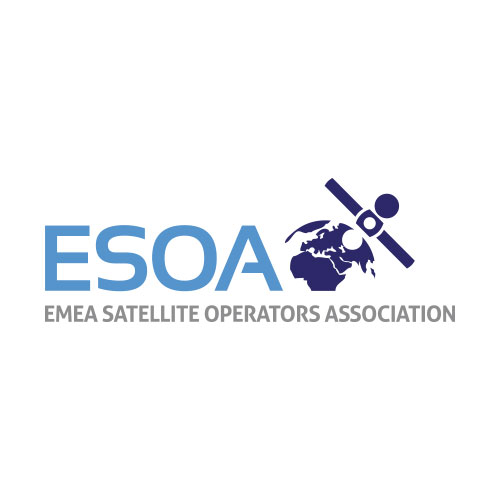NGMN and O-RAN ALLIANCE Sign Co-operation Agreement
Frankfurt, Germany – Today, the Next Generation Mobile Networks (NGMN) Alliance and the O-RAN ALLIANCE have announced to strengthen their relationship and to foster a closer co-operation in the area of Radio Access Network (RAN) decomposition of 4G and 5G networks.
The newly signed co-operation agreement brings together two widely recognised industry organisations in the field of open and standardised 5G networks. NGMN and the O-RAN ALLIANCE aim to enable and to support the timely and successful delivery of 5G-based communication solutions for acceleration and adoption of open and intelligent RAN networks to the market with a global open ecosystem. Starting today, both parties intend to achieve this by initially working together in activities related to transport for disaggregated RAN architectures, eventually expanding the collaboration to other areas.
“NGMN and the O-RAN ALLIANCE share the mission to support the standardisation of 5G interoperable networks”, said Anita Doehler, CEO of the NGMN Alliance. “We are looking forward to a close co-operation with the O-RAN ALLIANCE and to exchange our views on the RAN decomposition for 5G networks, in particular the various RAN functional splits and the transport requirements to support the various deployment options. As a wide number of industry activities are related to this subject, we also look to encourage industry alignment.”
“Since its formation in 2018, the O-RAN ALLIANCE has successfully delivered new standards for an open and intelligent RAN,” said Alex Choi, COO of the O-RAN ALLIANCE and SVP Technology Strategy & Innovation, Deutsche Telekom. “As the transport is the glue that connects radio sites, edge data centres and centralised clouds in a disaggregated RAN architecture, significant effort is required to design and define a robust and scalable transport to meet stringent requirements of future networks. We look forward to working with NGMN to achieve this and we encourage industry alignment.”



